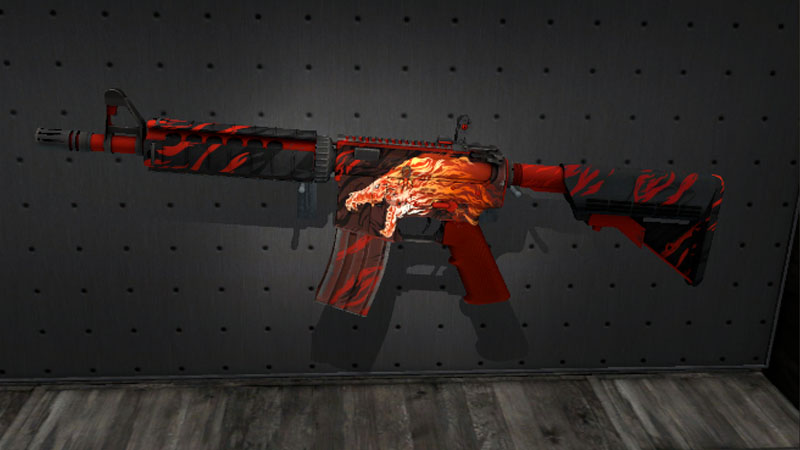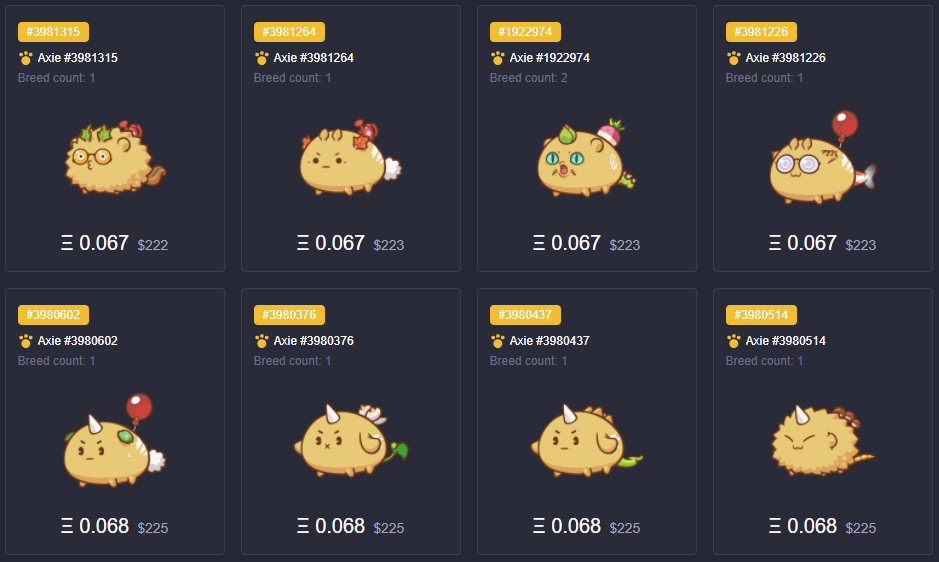Recently, Play-to-Earn games have been bombarding the media and the gaming world with all their hype and connection with cryptocurrency. Of course, you might be left wondering what is this new type of game really is and why it’s becoming so popular all of a sudden.
To put it simply, play-to-earn is just another gaming business model. You might have heard of free-to-play games or pay-to-play games in the past. Well, play-to-earn is just another iteration of those types of gaming models. The definition of this business model is also in its name – the players play the game in the hopes of earning something money in the form of cryptocurrency.
You might realize that almost all games that have some trading features indirectly implement some play-to-earn element. In CS:GO, you could obtain and sell skins in the Steam market. If the skins are incredibly rare, you can also usually sell (trade) them using real-world money. Some skins even go as high as $100,000 USD and even higher in some cases.

In World of Warcraft, you could sell accounts with real-world money and raise their price according to the level of items owned. DotA and other similar competitive games are also plagued with cases of account-buyers, where noob players purchase high-ranked accounts and play outside their ELO range. So yes, intended or not, almost all games virtually have some element of play-to-earn.
However, play-to-earn games fully implemented this element as a feature and encourages players to upgrade their items or characters to increase their market appeal. The more time a player puts into the game, the more they will be rewarded with high-value characters or assets; play more to earn more. The game will also provide the necessary tools and space for players to trade these assets. Of course, these tools are non-existent in the previous games, where third-party websites are usually needed to complete a transaction. As you can see, play-to-earn games essentially take advantage of NFTs to run this whole brand-new business model.

NFT and Crypto’s correlation with P2E games
Understanding NFTs is critical when you want to make sense of these whole play-to-earn games. If you already know what NFTs are, you can proceed to the next section of the article. If you don’t, NFTs, or non-fungible tokens, are essentially a modern form of bartering sprinkled cryptocurrency and supported by blockchain technology. NFTs are usually associated with “internet” items such as photos, videos, GIFs, or in-game assets in our case. Of course, it doesn’t take much to make copies of these items on the internet, which is why NFT also incorporates proof of ownership that is secured by blockchain technology.
By now, you should already have some sense between the connection of the whole crypto NFT shenanigan with play-to-earn games. So you play the game to earn rare items. These items are represented as NFTs, which verify your ownership over the particular in-game asset. You can then trade or sell these items to other players in exchange for cryptocurrency. The cycle repeats and eventually creates its own crypto ecosystem or economy around the game.
Featured Image: Freepik
